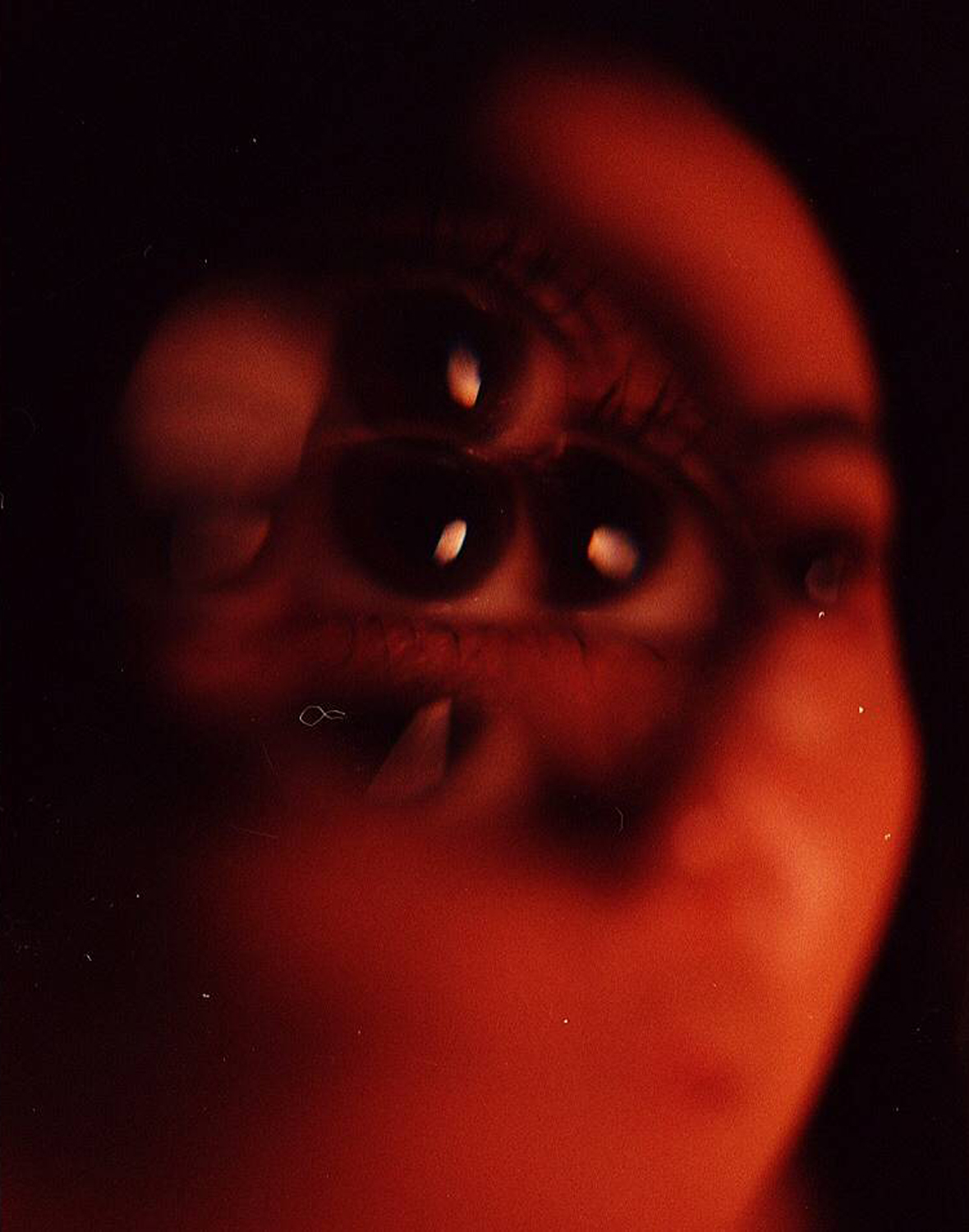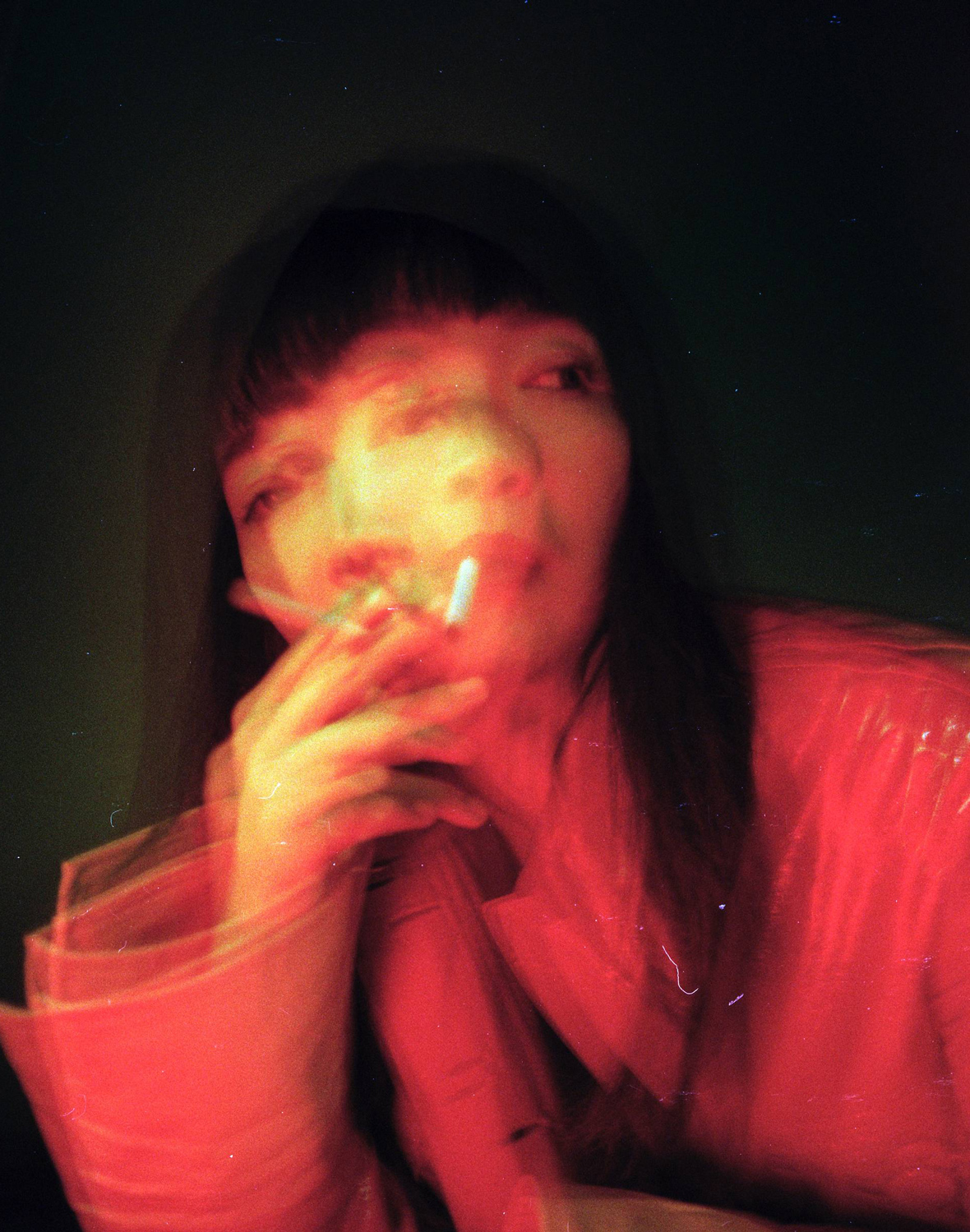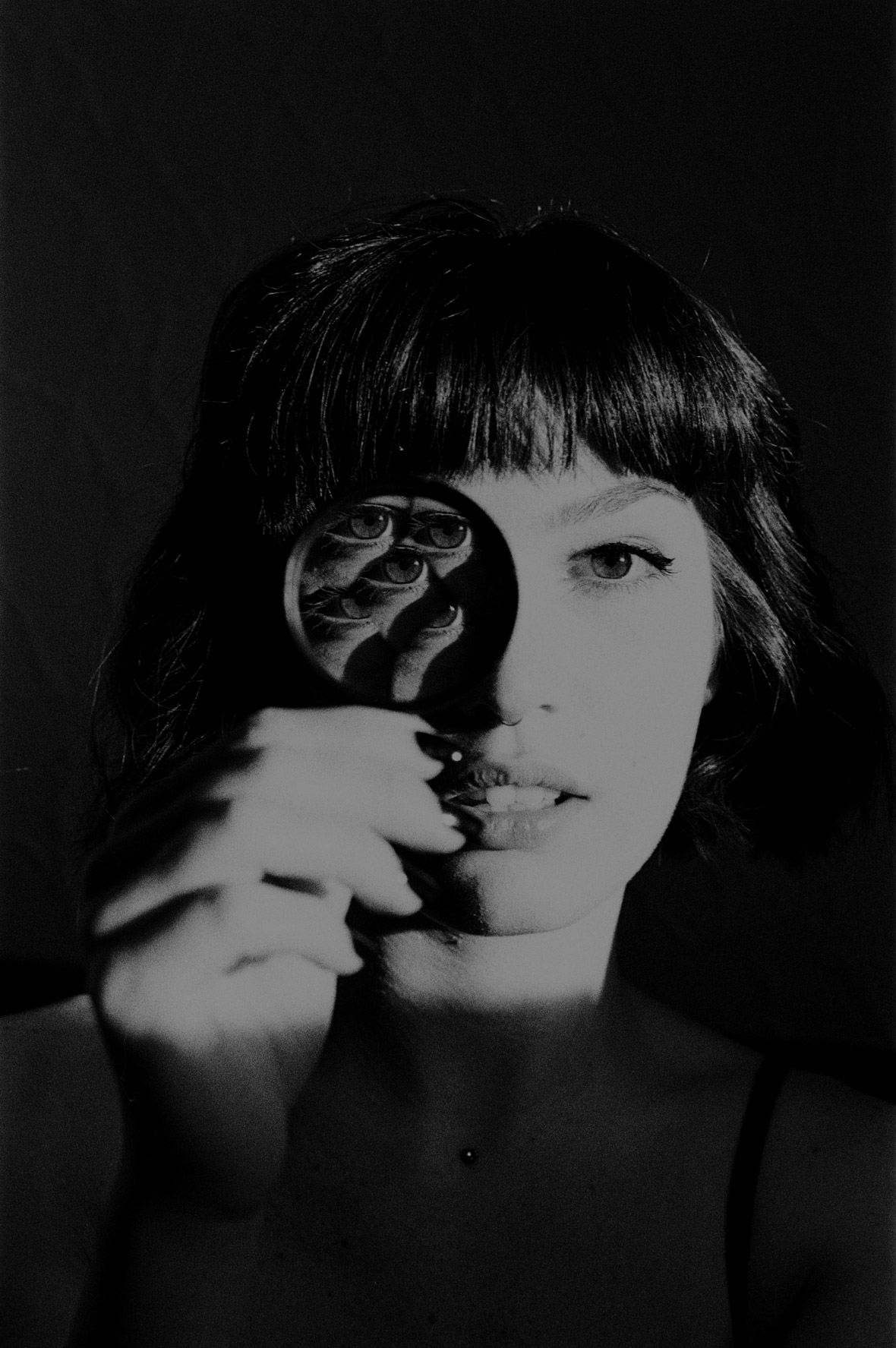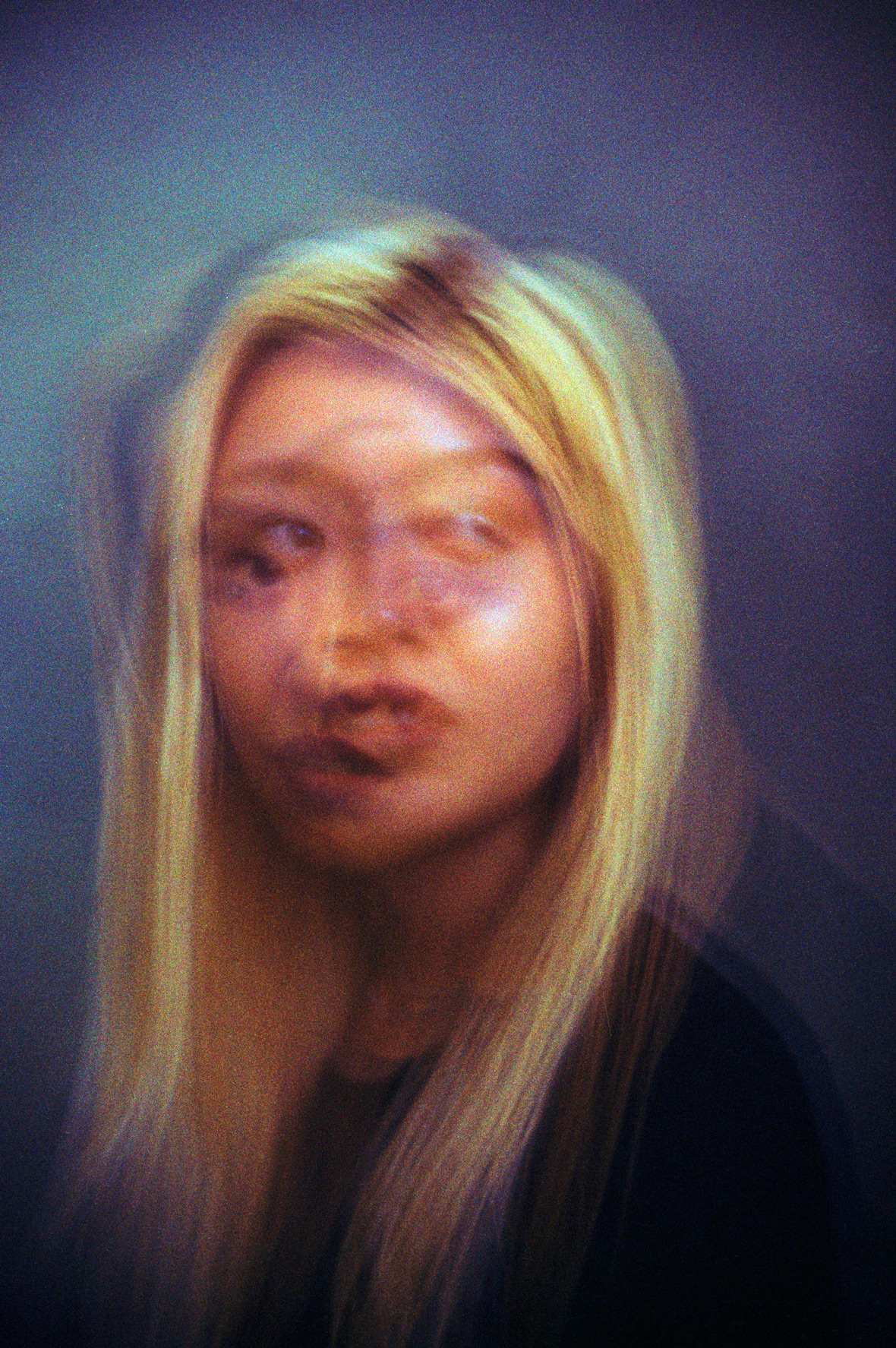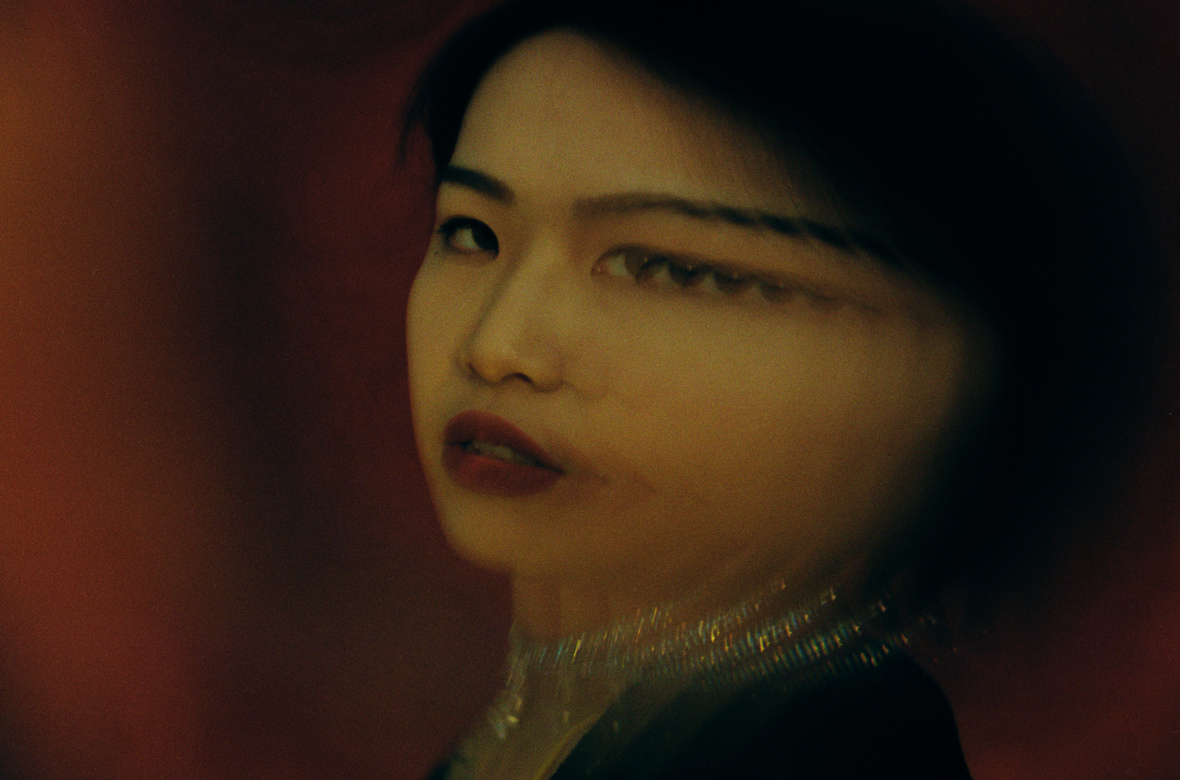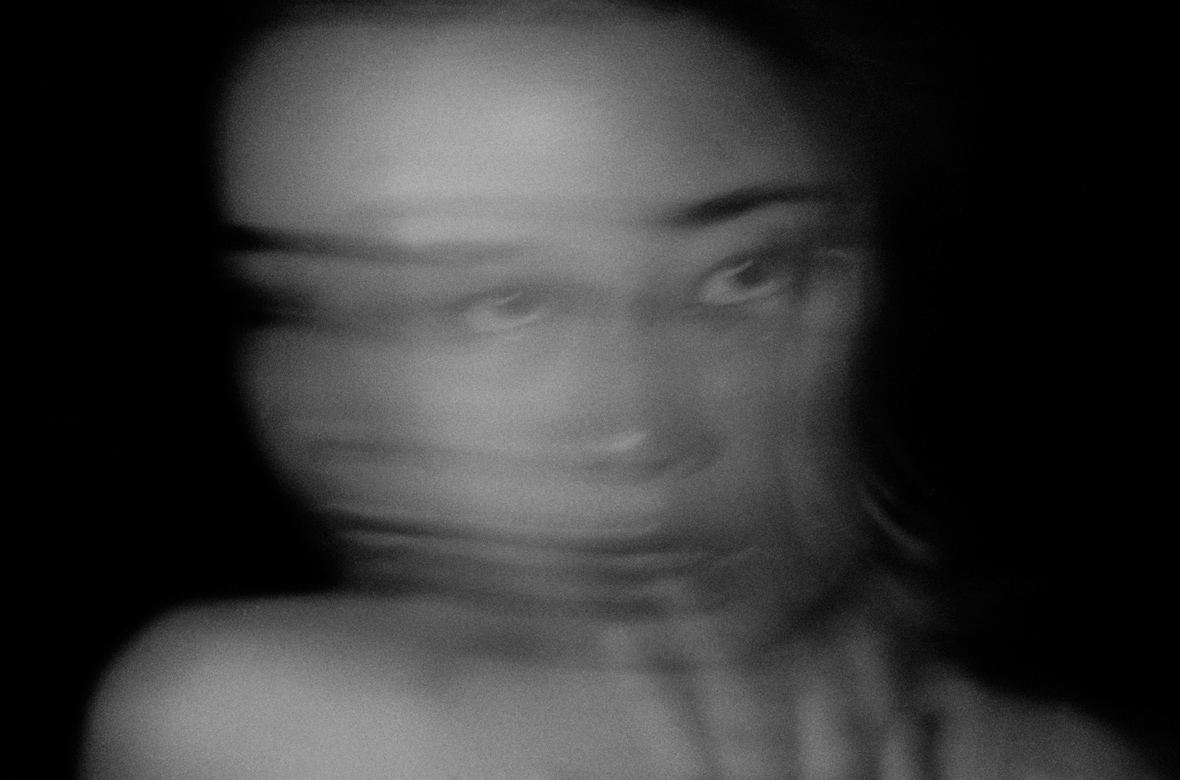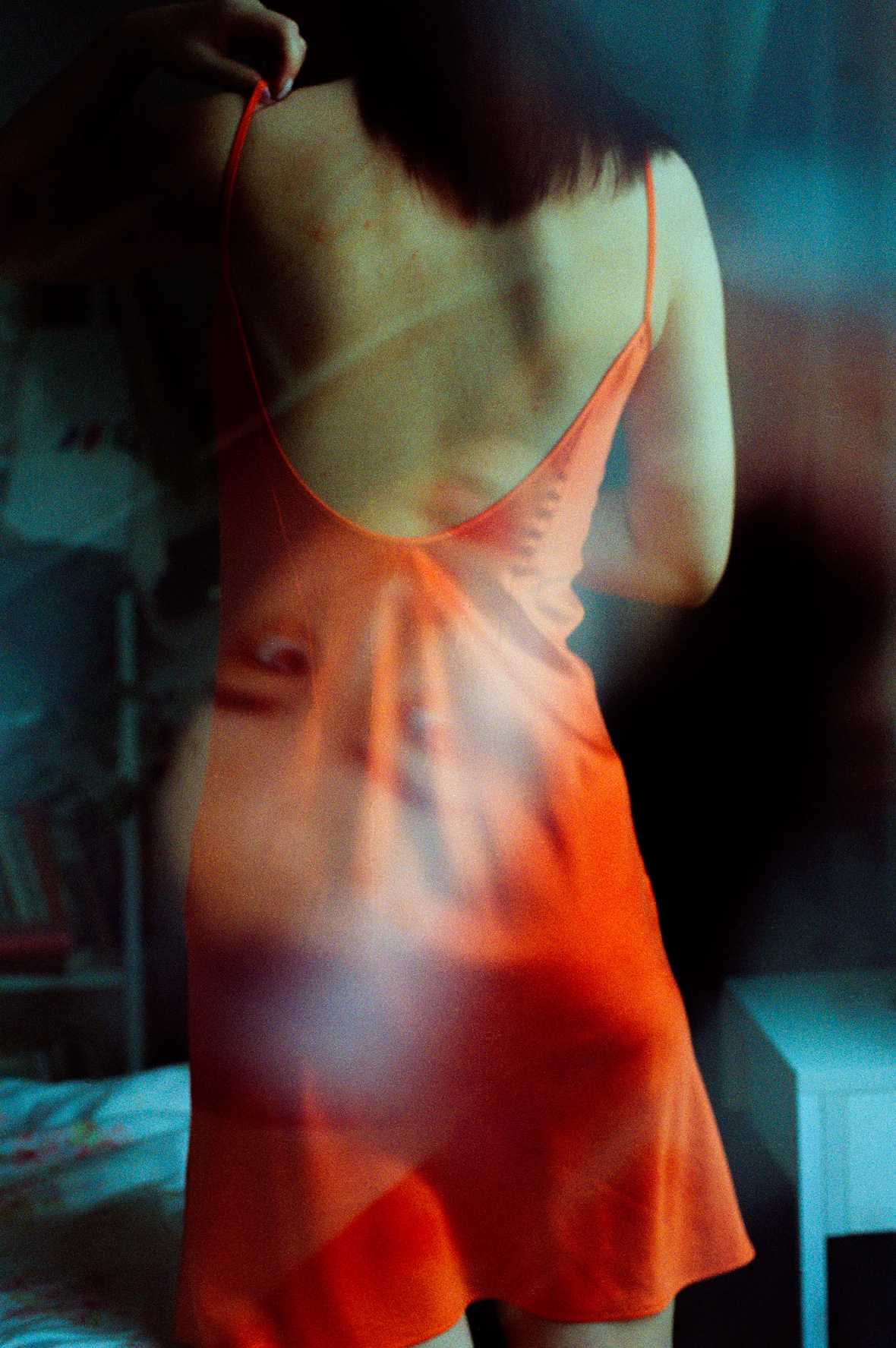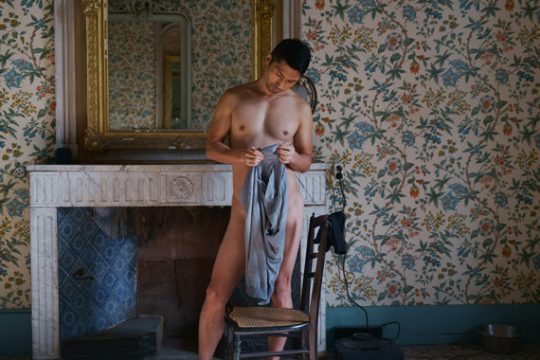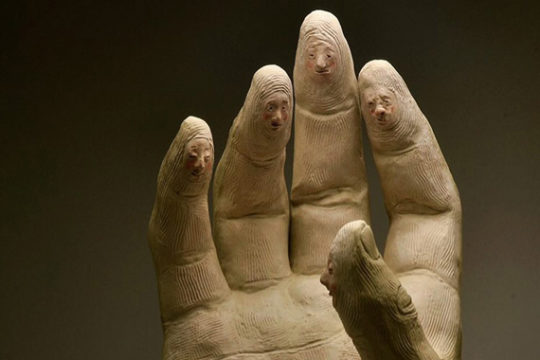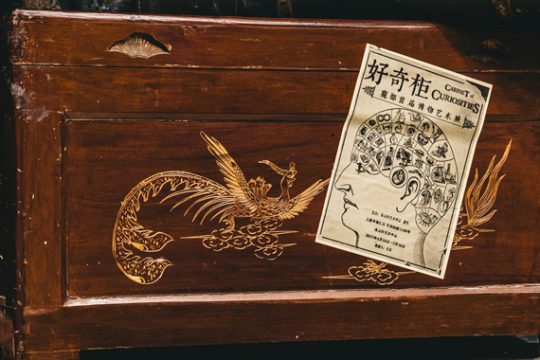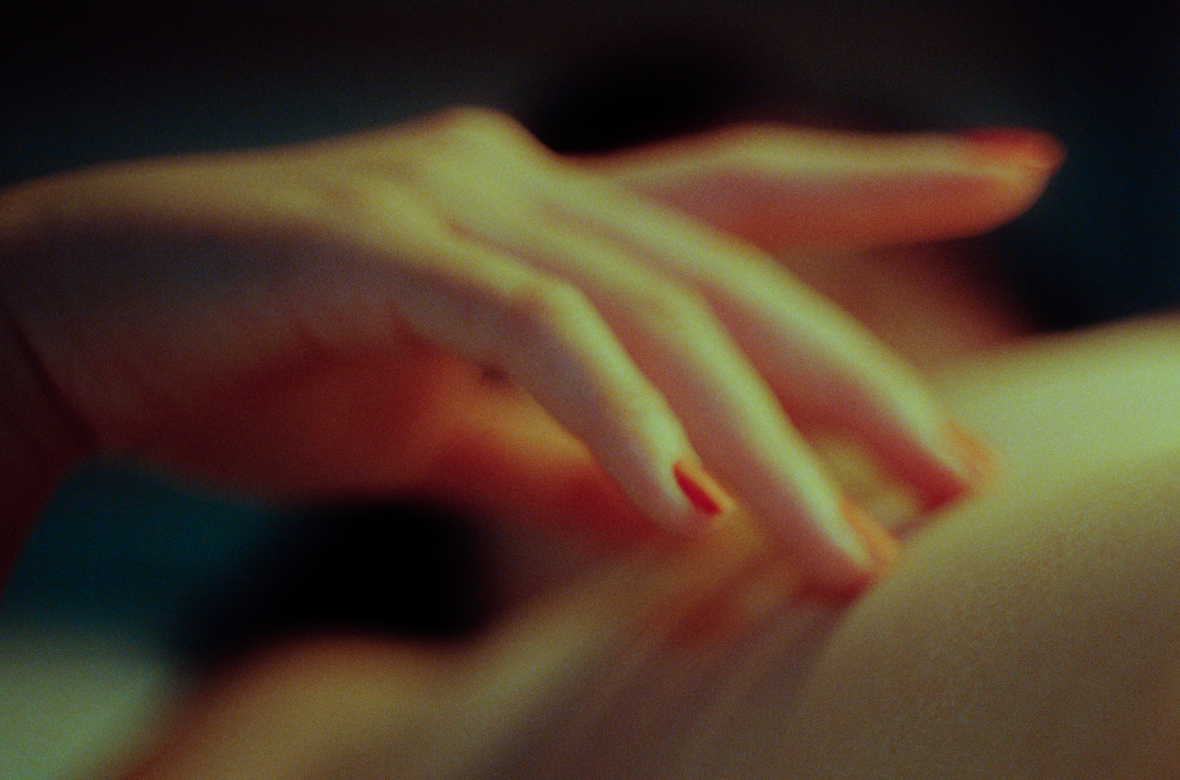
“I would photograph an idea rather than an object, a dream rather than an idea.” –– American artist Man Ray
This philosophy of using a camera to visualize an immaterial essence rather than simply using it as a documentary tool is aptly embodied in the work of film photographer Hu Shaoqi. There’s a clear retro feel to her work—a quality that can be attributed to the graininess and scratched textures of analog film. She prefers the dated medium, finding the high-definition images of modern cameras to feel overly polished, and by extension, fake. There’s an authenticity and immersion that comes with film. “Shooting on analog film helps me to think about what I really want to shoot,” she says. “It’s also incredibly enjoyable to develop the film. The complicated process makes the end result feel even more rewarding.”
Based in Chengdu, Hu’s body of work is populated by fantastical portraits, one layered atop another until recognizable forms become something ethereal and otherworldly. Contrasting neons and vibrant palettes infuse her images with a poetic surrealism, making for frames that sear themselves deep into viewers’ minds.
“与其拍摄一个东西,不如拍摄一个意念。与其拍摄一个意念,不如拍摄一个幻梦。” 以曼雷(Man Ray,法国摄影大师,二十世纪初超现实主义艺术的主力推动者)这句经典语录,来形容成都摄影师胡少琪(Shaoqi Hu)的作品再合适不过。她的肖像摄影作品就像是一场关于身体的梦幻,人物在多重曝光的催化下,达到了灵魂与空间的共颤;又在霓虹灯光线和高饱和度色彩的对比下,把气氛烘托得亲密且浪漫。当这种朦胧的质感让逼真丧失,我们眼里的那个现实被随即弹劾而去,像是猛然在嘴中塞住一块儿糖果,久久不肯化去。
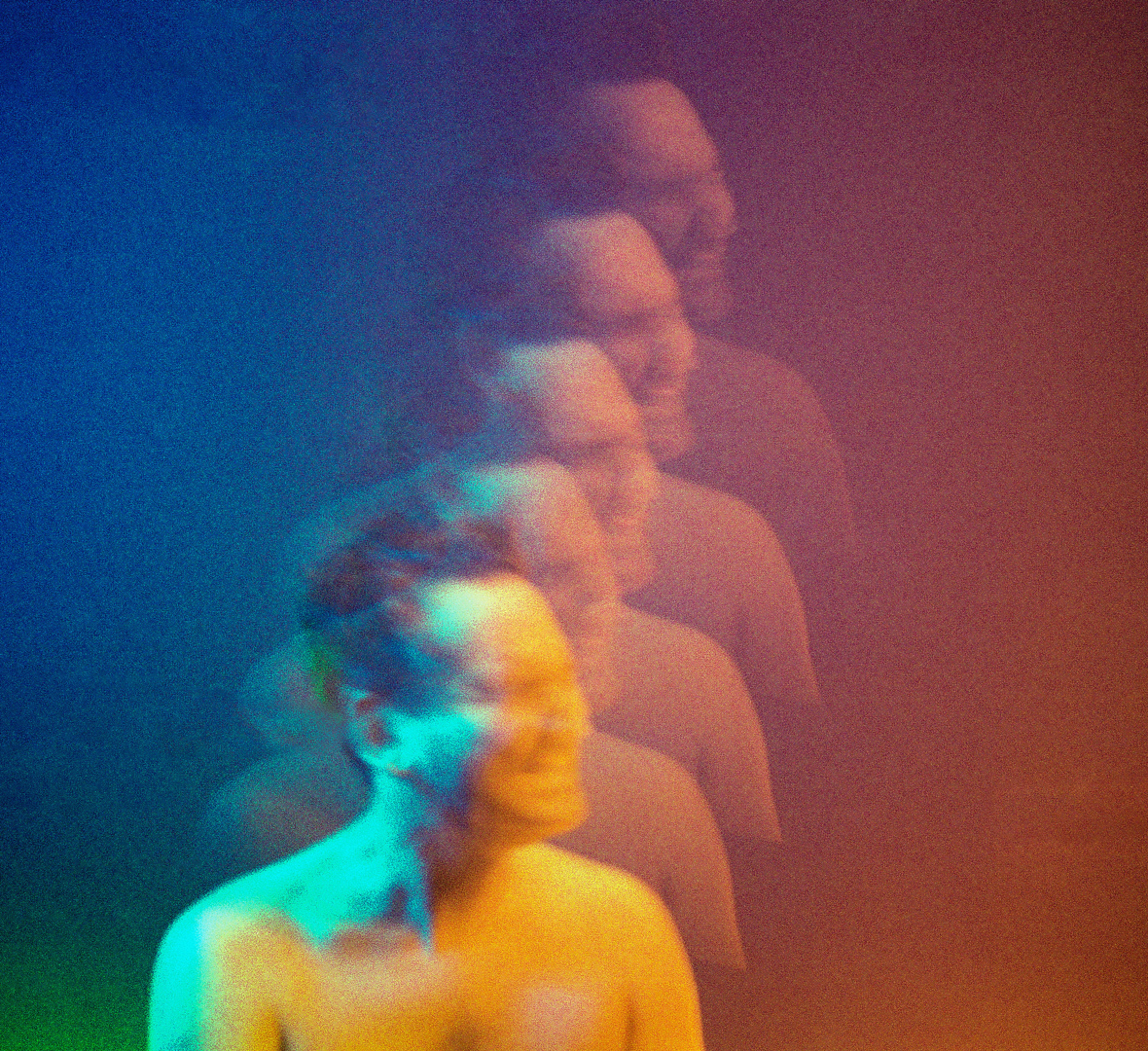
Hu’s work has an organic retro feel to it—a quality that can be attributed to the graininess and scratched textures of her analog film. She’s loved the medium since buying her first film camera in 2018. To her, the high-definition images of modern cameras can easily feel overly polished, and by extension, fake. There’s an unimitable authenticity that comes with shooting on film. “Shooting on analog film helps me to think about what I really want to shoot,” she says. “It’s also incredibly enjoyable to develop the film. The complicated process makes the end result feel even more rewarding.”
The vast majority of artists whom Hu credit as influences are atypical from what you might expect of a photographer. Most are artists from the early twentieth century—a period when surrealism was at the height of its popularity. In addition to Man Ray, Paul Éluard, Salvador Dalí, Frida Kahlo, and many others have been tremendously influential towards her creative process.
胡少琪的作品给人一种浓烈的复古感,照片上可以清楚地看到画面的颗粒感、胶卷底片划痕等印记,这很程度上大归功于她所使用的胶卷相机。相比于高清数码相机带来的便捷与快速,胶卷相机对她来说则显得更为沉浸且真诚,她解释道:“我喜欢拍摄胶片的过程,给我更多时间去想我要的是什么,拍完照片洗胶卷也是很享受的过程。因为出片的过程更复杂,让我对结果更期待。”事实上,胡少琪走上摄影这条道路也是因为胶卷相机,那是一次偶然的机会,2018 年当时还在攻读英国文学的她走进一家旧相机店,让她从此与胶卷结缘。
你还会在她的作品中发现很多关于多重曝光、长曝光的运用,这是早期超现实主义摄影被广泛采用的创作方式,也是胶片时代的产物。其原理是在一幅胶片上拍摄几个影像,让一个被摄物体或人在画面中出现多次。对于胡少琪来说,即使当今数码相机依然可以模拟出这种拍摄技术,但总之不如胶卷相机来得自然。
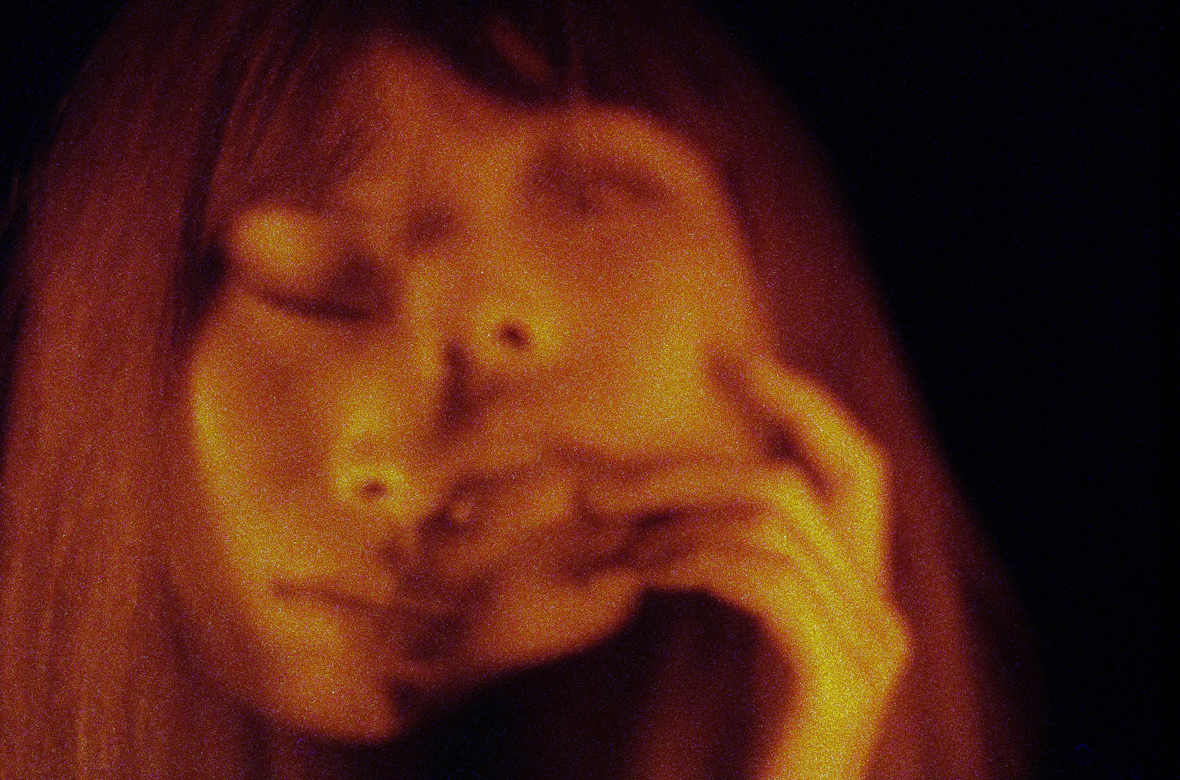
Hu believes that photography should be a means of capturing a person’s emotions and truest inner self. Before shooting, she’ll ask her models to channel a specific feeling and to fully lose themselves into whatever it may be—joy, anger, melancholy, excitement, anticipation, and more. Through their facial expressions and movements, she looks for that emotion should burst from the frame. On certain projects, when she’s in the right emotional state, Hu sometimes even turns the camera onto herself. “I enjoy working and being alone,” she says. “It just make it easier to fully immerse myself into different emotions and mental states.”
胡少琪认为自己的摄影理应是捕捉情绪和内在的手段,在拍摄之前,她通常会让模特进入一种情绪,自然相处,然后再进行拍摄。这样的创作方式,让观众感受到了除了画面之外的更多情绪,进一步加深观众对画面的理解。暧昧的、惆怅的、兴奋的、渴望的……无论是人物的神态、动作还是肢体语言,你都能读得到情绪的存在。当情绪来时,胡少琪自己也会成为作品的主角,她解释道:“我喜欢自己一个人,因为更简单,更容易进入不同的情绪和状态中。”
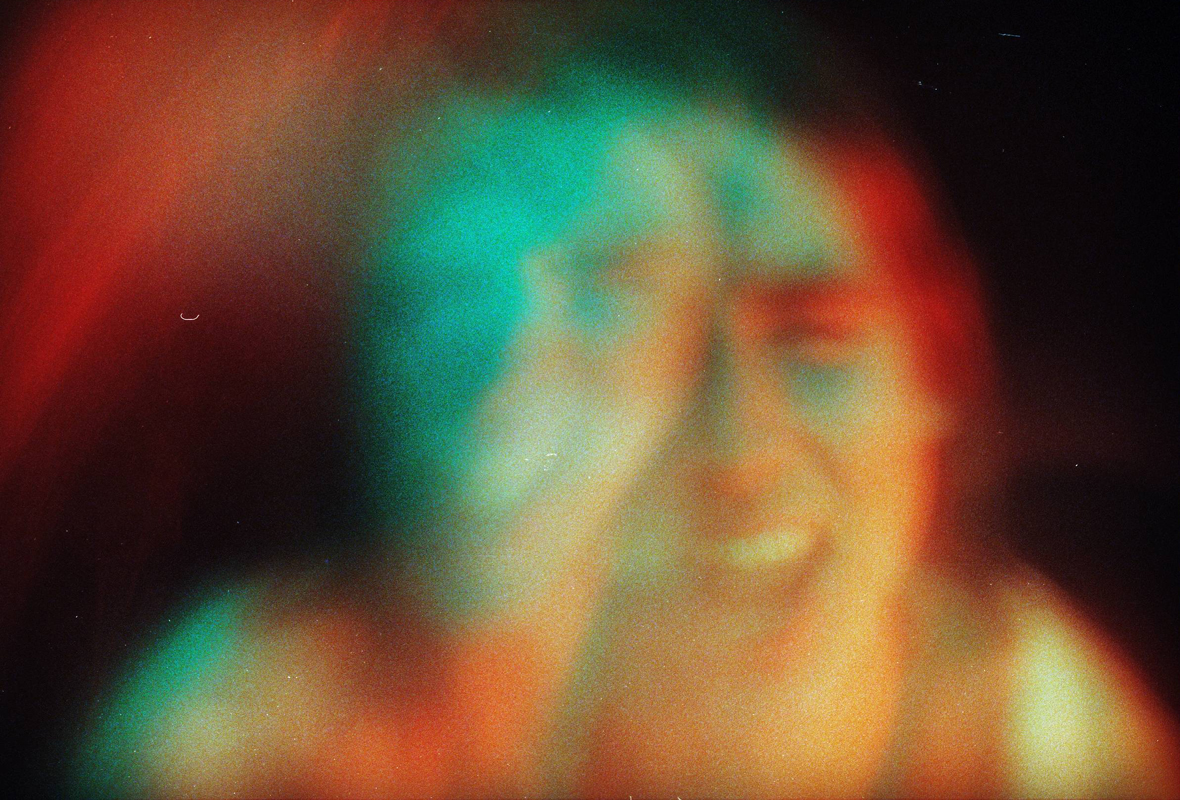
In French author Andre Breton’s Manifesto of Surrealism from 1924, he wrote that surrealism is a product of our subconscious. Surreal art is typically intuition driven, and an exercise of our innermost imagination. This is precisely Hu’s process. “Sometimes when I overthink, I feel I’m insignificant in the grand scheme of things,” she says. “I try not think too much and don’t follow any specific styles or aesthetics, which allows may creativity to flourish.”
在胡少琪喜爱的艺术家中,绝大多数都来自二十世纪初,那个超现实主义开花结果的年代。除了上文提到的曼雷,还有保尔·艾吕雅(Paul Éluard,法国诗人)、萨尔瓦多·达利(Salvador Dalí,西班牙画家)、弗里达·卡罗(Frida Kahlo,墨西哥画家)等等,都给予她很大灵感。
法国作家勃勒东(Andre Breton)曾在 1924 年的《超现实主义宣言》中写道:“超现实主义是人类的一种纯粹的精神无意识活动。”超现实主义作品往往是艺术家在无意识的状态下完成的,是脱离了任何既定的理论和认知,一切建立在个人想象力和潜意识的基础之上。胡少琪的拍摄的过程中同样是一种无意识的状态,大多数拍摄跟着自己的感觉进行,她说道:“有时候想的太多,反而会觉得自己很渺小很孤独。我不会跟着一种特定的风格进行创作,这样更能激发出我的创造力量。”
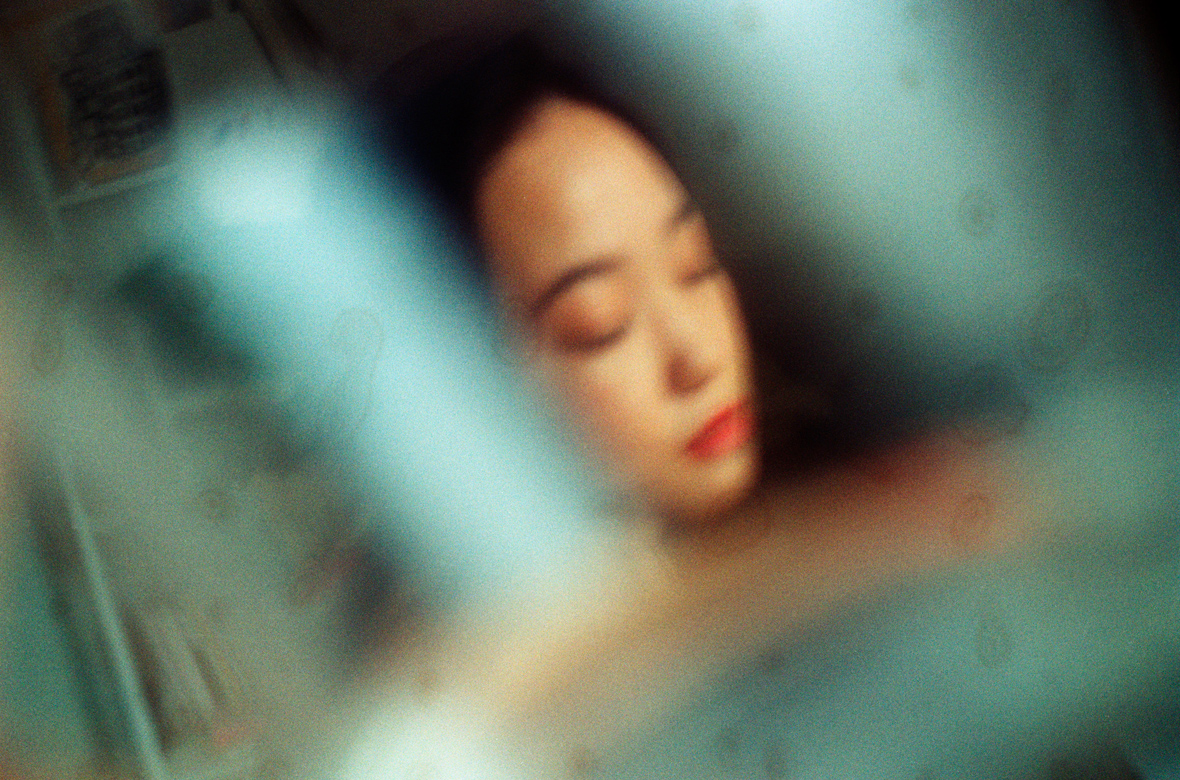
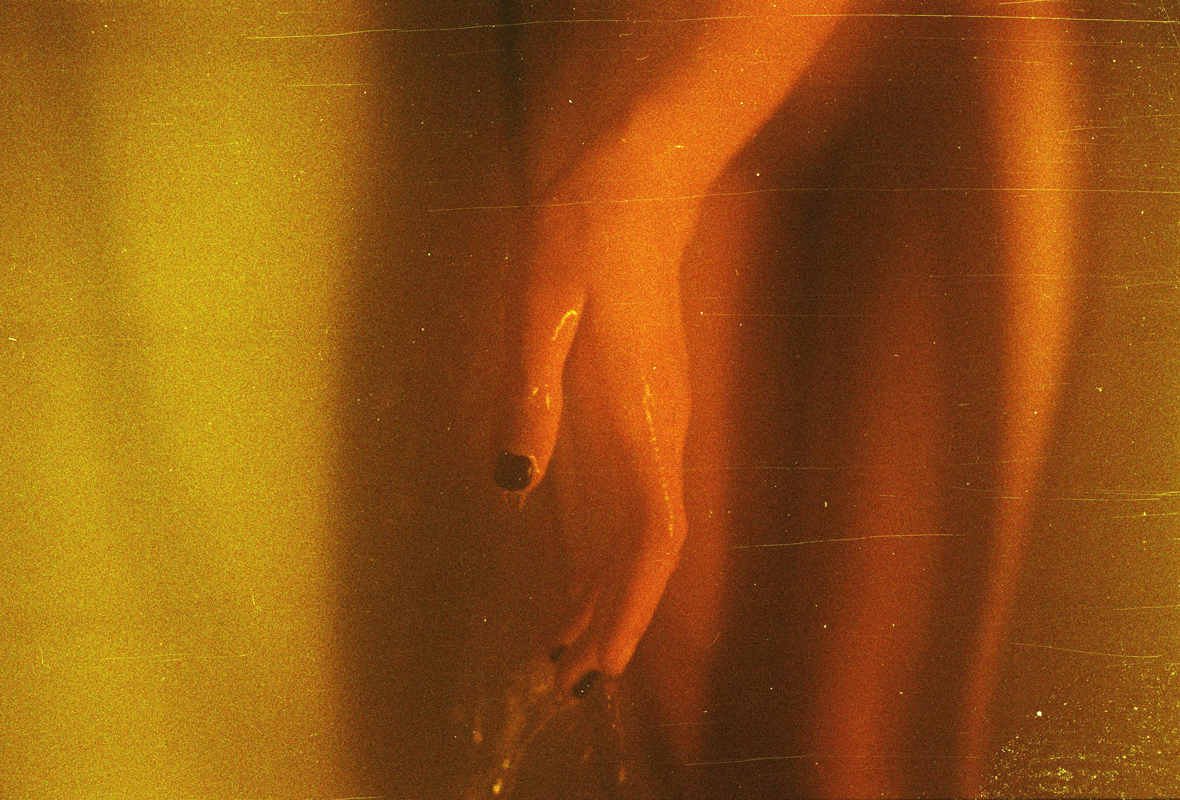
At times, it may feel difficult to articulate a dream into clear words. In turn, perhaps the most logical method in capturing the feeling of these visions may be through visual means. Hu’s work pieces together these fragmented dreams, stacking them one atop of another until they become something new—a poetic reinterpretation of everyday life. Through her photography, she demonstrates there are when you view life through a new lens, there are plenty of surprises to be discovered. In doing, she’s created an oeuvre that feels incredibly natural, and perhaps most importantly, approachable for even the casual viewer.
梦境,也许很难用语言文字来描述,画面便成为最为直观的表述。这也许是胡少琪弃文从摄的最好解释。而以梦的视角来记录个人所经历的人和事,这本身就是一件十分浪漫的事。当所有这些琐碎的梦幻交织在一起,恰恰成就了平凡中的惊喜。而她的作品也向我们映证,超现实主义也可以不必有太多繁杂、夸张的想象力。胡少琪的梦,做得自然而然、亲近无比。
Like our stories? Follow us on Facebook and Instagram.
Instagram: @shaoqihu1
Contributor: Pete Zhang

